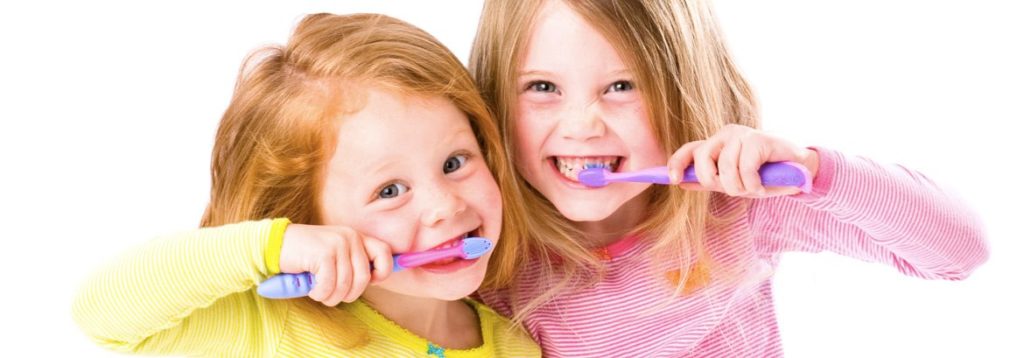Do Certain Toothbrushes Hold More Germs?

Portland family dentist Dr. Todd Beck want patients to know that your toothbrush is the most indispensable tool in the fight against tooth decay and gum disease. Plaque, a biofilm comprised of bacteria and linger food particles, sticks to the surface of your teeth where it produces harmful substances that slowly erode away at enamel, the hard outer lay of teeth that protects the delicate nerves and tissue at the center. Brushing removes plaque from the surface of your teeth so that less permanent damage occurs, thereby lowering the risk of tooth decay and gum disease from developing.
So while your toothbrush helps to remove bacteria from the mouth, a recent study suggests that bacteria tends to linger on certain types of toothbrushes, which could lead to increased health risks.
According to researchers at the University of Texas Health Science Center at Houston School of Dentistry, solid-head power toothbrushes retain less bacteria when compared to traditional, hollow-head toothbrushes. The results of this recent study were published in the Journal of Dental Hygiene. Researchers noted that the bacteria count was lower in the solid-head group when compared to the hollow-head toothbrush group in 9 out of 10 comparisons.
The fact that traditional manual toothbrushes retain higher levels of bacteria when compared to their electric counterparts represents the potential for future health concerns for individuals unaware of the risk.
Contaminated toothbrushes can pass along bacteria that cause infections and disease, according to researchers. The solid-head design used with most electric toothbrush heads prevents the rampant growth bacteria, while hollow-headed brushes offer far more room for the build up and transmission of bacteria. Regardless of which type of toothbrush an individual decides to use, researchers recommend taking the time to disinfect brushes after each use and allowing them to air-dry between uses. Conveniently, many brands to electric toothbrush now include an ultraviolet cleaning system that helps to eliminate bacteria build up. For those using hollow-head brushes, researchers recommend soaking them in mouthwash for 20 minutes following each use.
Researchers conducted the study over a three-week period where participants twice a day brushed with one of three randomly provided power toothbrushes. Participants brushed using toothpaste, but were asked to not use mouthwash or any other oral health product, with the exception of floss, during the study.
Brush heads were then tested for a variety of bacteria, including facultative and anaerobes microorganisms, mold and yeast, oral enterococci anaerboes, oral streptococci, and Porphyromonas gingivalis.
While most electric toothbrushes come with solid-head brushes, researchers cautioned that it can be difficult to determine what type of brush head a toothbrush features, as most packaging does not differentiate. Researchers advise looking at the base of a brush head and how far down it connects with the brush handle to determine the different types of brush heads.
Before you become too concerned about the state of your toothbrush, researchers started that while a variety of harmful bacteria has been known to grow on toothbrushes, no study to date has found that bacterial grow on brushes can cause any long-term, systematic health effects. However, as with many things, it’s better to be proactive when dealing with the build up of harmful bacteria than be taken by surprise.
